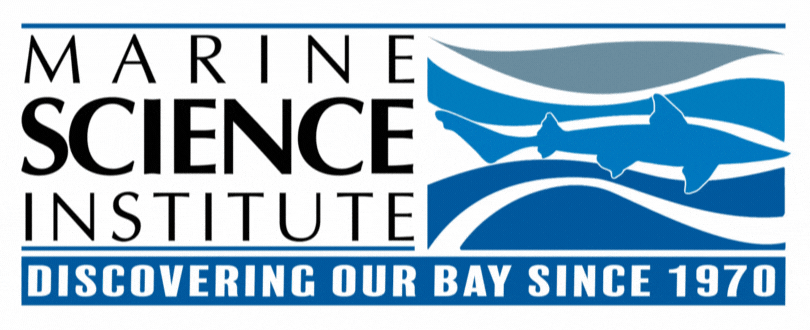Creature Feature: Clowns Make Life Better Even in the Sea
- Denise Mohsenin, Education Partnership Manager
- Dec 12, 2016
- 2 min read

These clowns of the sea –
the southern sea otter --
so called because of their silly antics and playfulness, are the only member of the weasel family, (Family Mustelidea), that is a marine mammal. It’s also the smallest marine mammal, while its cousin the river otter is considered a land mammal.
The southern sea otter (also called the California sea otter) made a remarkable recovery since first being listed as threatened in 1977 under the Endangered Species Act. There are nearly 3,000 southern sea otters today. In 1938, the population dipped as low as 50 individuals living along California's Big Sur coastline.
The sea otter population fell due to the fur trade. Sporting the world’s densest fur, with more than a million hairs per square inch, a sea otter’s fur takes a lot of upkeep. (For comparison, people usually have 100,000 or less hairs on their heads). Sea otters spend hours grooming and cleaning. They spread natural oils from their skin onto their fur and trap air in it, in order to keep it waterproof and warm. All this grooming is needed since sea otters lack the usual blubber layer found in marine mammals.
Recovery of the sea otter – a keystone species – also meant recovery and stabilization of the kelp forest habitat. A keystone species is a species whose role in their environment has a far greater impact on that environment, than other species living in that same environment. For example, without sea otters the populations of the undersea animals they prey on (like purple sea urchins) would explode resulting in the kelp forest being devoured and destroyed. Without the kelp forests, undersea animals would lose shelter and a food supply. Also, kelp forests are instrumental in reducing the atmospheric carbon dioxide levels by capturing carbon at the coastal ecosystem level.

Sea otters, who spend most of their lives in the water, use kelp when catching a bit of shut eye. By draping kelp over their bodies, otters can raft-up and rest without worrying about drifting away.
Along with urchins, sea otters also dine on about 40 different sea animals including abalone, mussels, clams, crabs, and snails. They will dive up to 330 feet in search of that food, since they need to eat about 25% of their body weight in food a day in order to maintain their high metabolism rate. To gain access to the yummy morsels hidden inside, sea otters use small rocks and other objects to pry or hammer open shellfish. They are one of the few mammals other than primates known to use tools.
To see a southern sea otter look in the waters along the California coastline from San Mateo County south to Santa Barbara County.







Comments